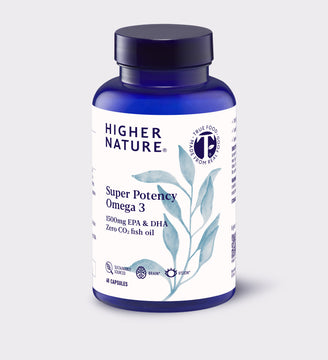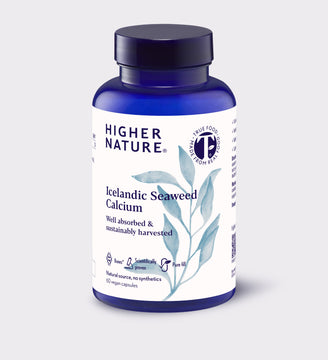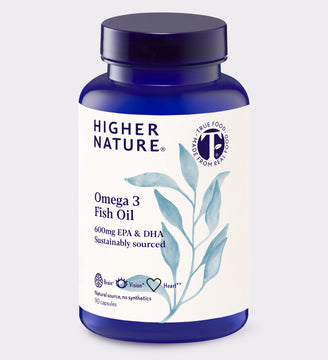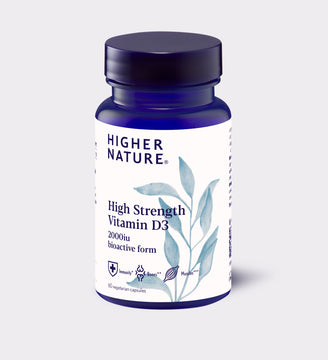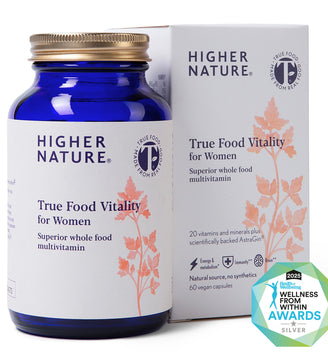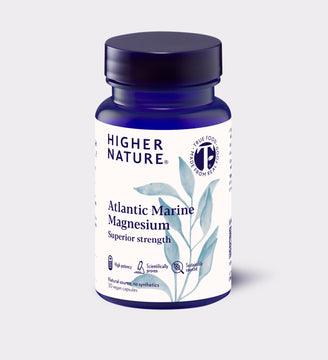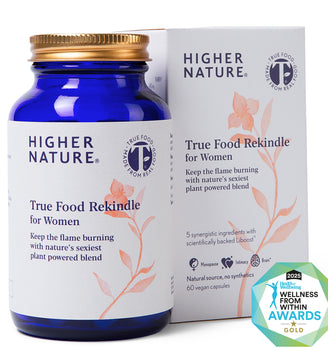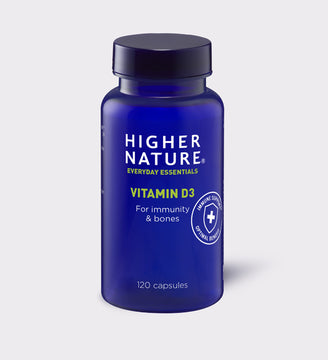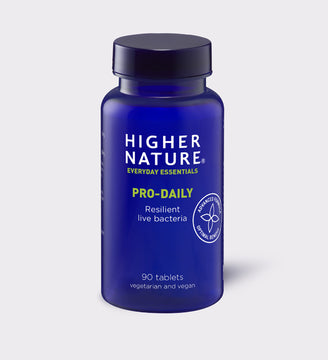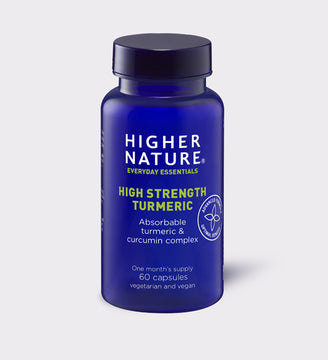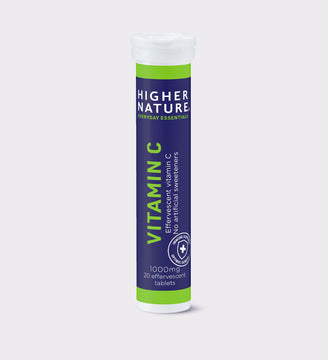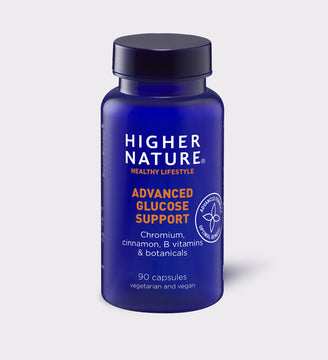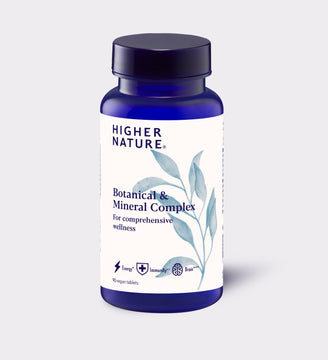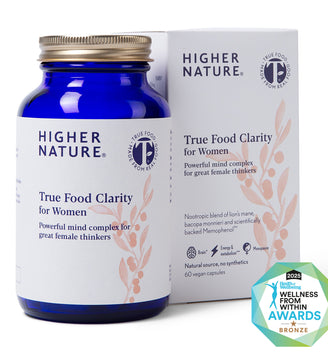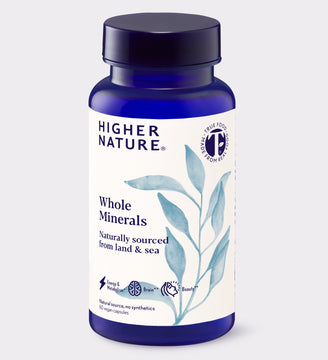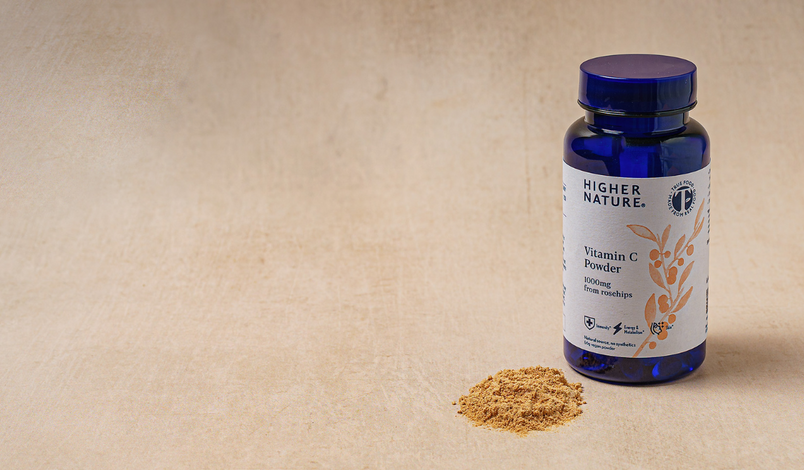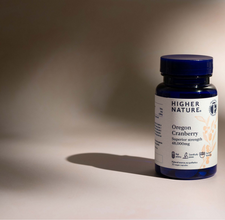
Antioxidants, free-radicals, cell damage and ageing
Higher Nature Nutrition Team
When talking about ageing, we often hear the terms free-radical, reactive oxygen species (ROS) and antioxidant, but what is their role in health, disease and the ageing process?
In order to function, our cells require and use oxygen, but in doing so they make ROS. Whilst it is true these are highly reactive chemicals capable of causing damage to DNA and cell membranes (and therefore cellular function), they also play an integral role in controlling cell life and cell death. They are kept in check by the body’s antioxidant systems. In healthy cells these processes are in equilibrium but if the process becomes skewed in favour of the ROS a state of oxidative stress results, with increased potential to damage cells and body tissues.
ROS are a type of free-radical, but free-radicals also include other damaging atoms or molecules such as those the body produces when we sunbathe, smoke, or fry food. They are also produced during the inflammation process in the body, for example, in diseases such as rheumatoid arthritis
Oxidative stress is associated with many chronic degenerative diseases associated with ageing such as Alzheimer’s, cardiovascular disease, diabetes and cancer. Whilst this all sounds a bit gloomy, don’t forget the body is amazingly clever at keeping cell damage at bay, and this is where antioxidants step up and take centre stage.
Antioxidants are molecules that quench ROS or free-radicals by reacting with them to form harmless substances, thereby stopping them from causing damage to cells. Vitamin C and vitamin E are perhaps the most well known; vitamin C mops up ROS, protecting proteins, fats and DNA, whilst vitamin E protects cell membranes. Vitamin C is often referred to as the master antioxidant because of its ability to regenerate other antioxidants. Co-enzyme Q10 is another vital cellular antioxidant. Produced in the mitochondria, or energy production centres of each cell, it is a key protector of DNA
Other nutrients such as copper, zinc, manganese and selenium don’t act directly as antioxidants but instead are vital components of our antioxidant systems.
The most important cellular antioxidant is glutathione, which is made in the body from sulphur containing amino acids, including cysteine. N-acetyl cysteine has been shown to increase depleted glutathione levels in elderly individuals. Alpha lipoic acid is also produced by the body and regenerates glutathione as well as being a potent antioxidant in its own right.
Finally, curcumin, astaxanthin, lutein, zeaxanthin, lycopene, catechins in green tea and anthocyanidins in berries all show promise as effective free-radical scavengers. This highlights the role plants and diet might also play in the fight against cell damage and ageing.
